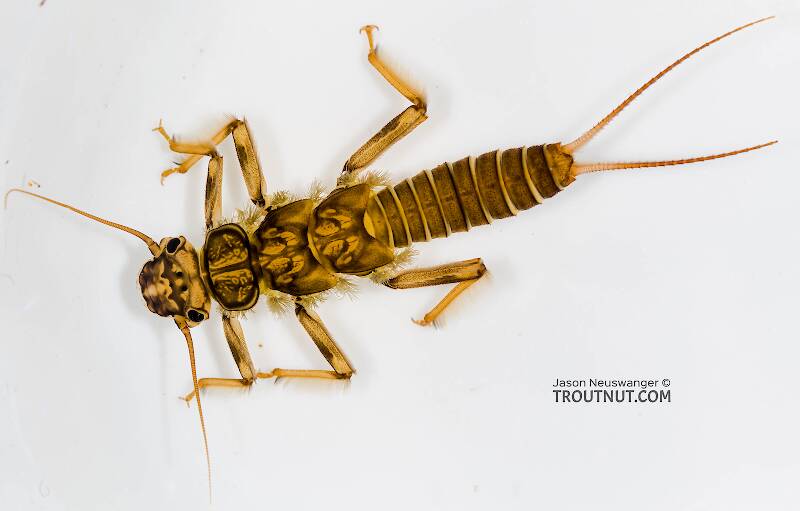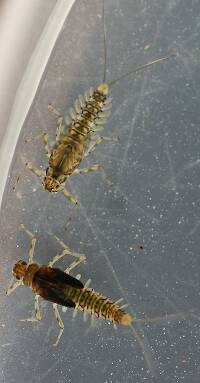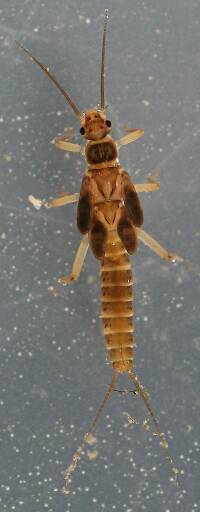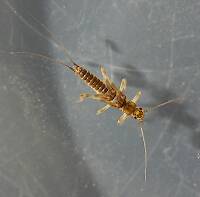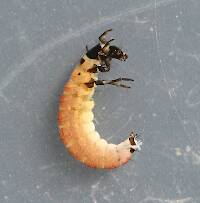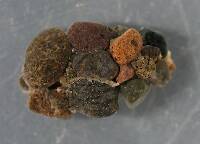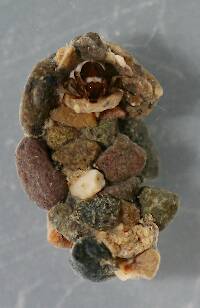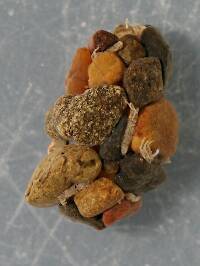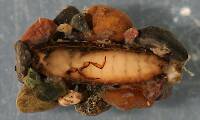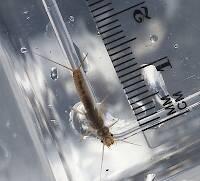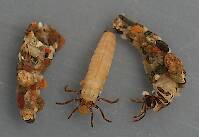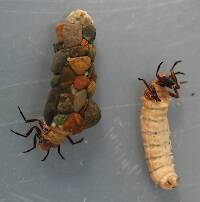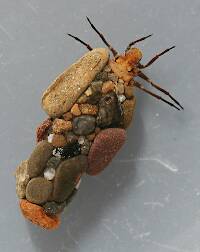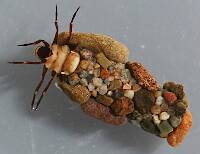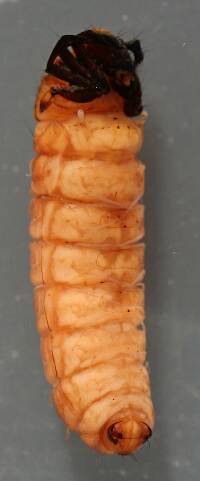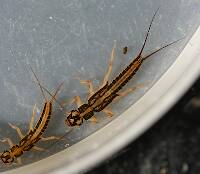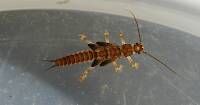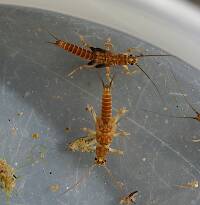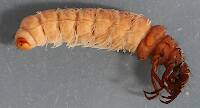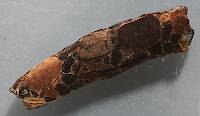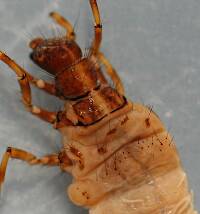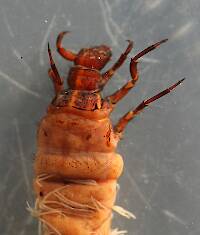
Blue-winged Olives
Baetis
Tiny Baetis mayflies are perhaps the most commonly encountered and imitated by anglers on all American trout streams due to their great abundance, widespread distribution, and trout-friendly emergence habits.
Featured on the forum

Troutnut is a project started in 2003 by salmonid ecologist Jason "Troutnut" Neuswanger to help anglers and
fly tyers unabashedly embrace the entomological side of the sport. Learn more about Troutnut or
support the project for an enhanced experience here.
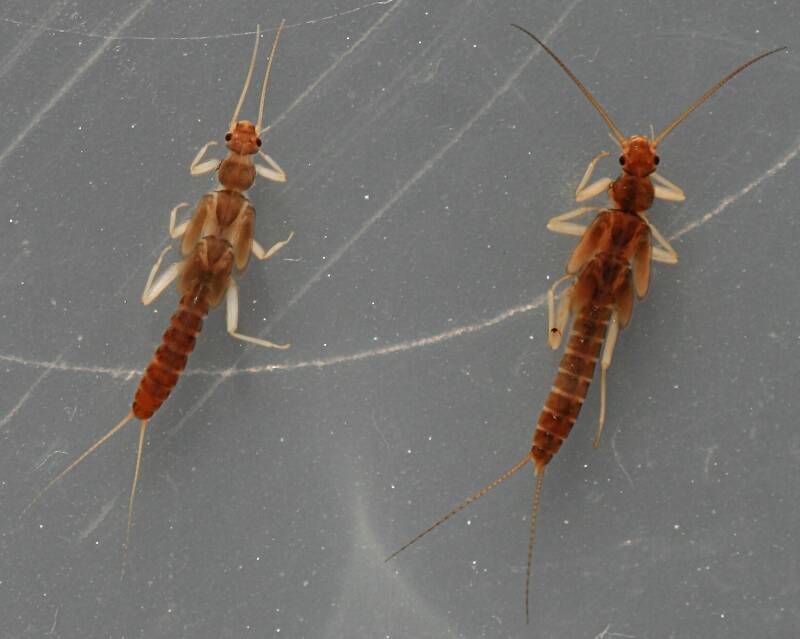
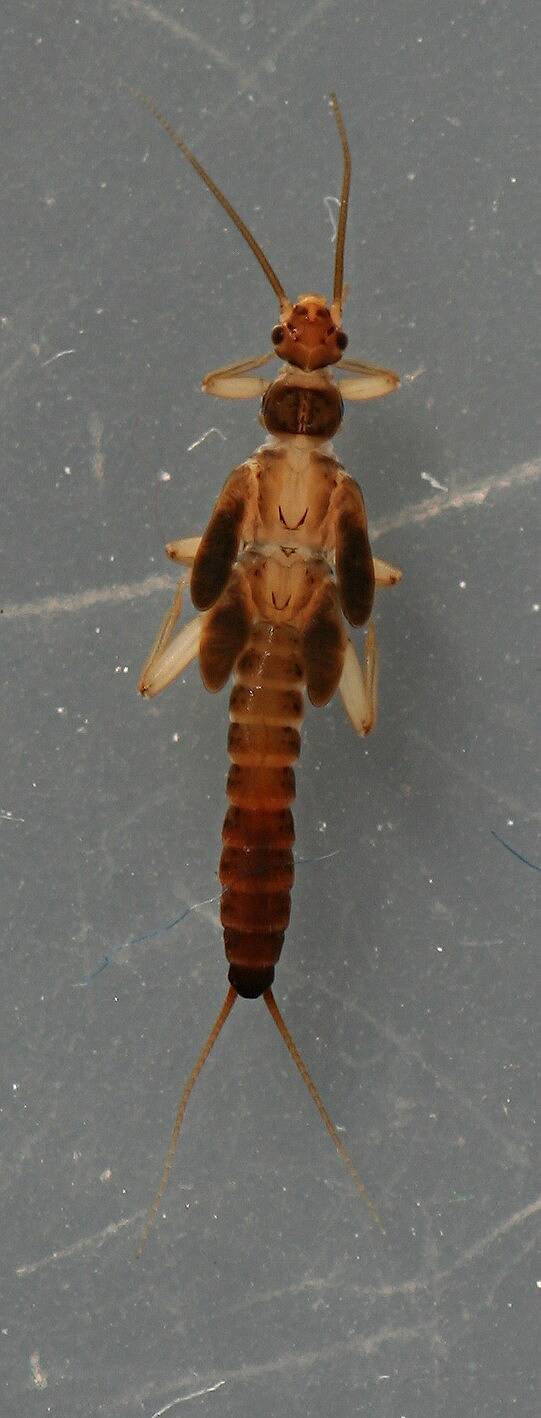
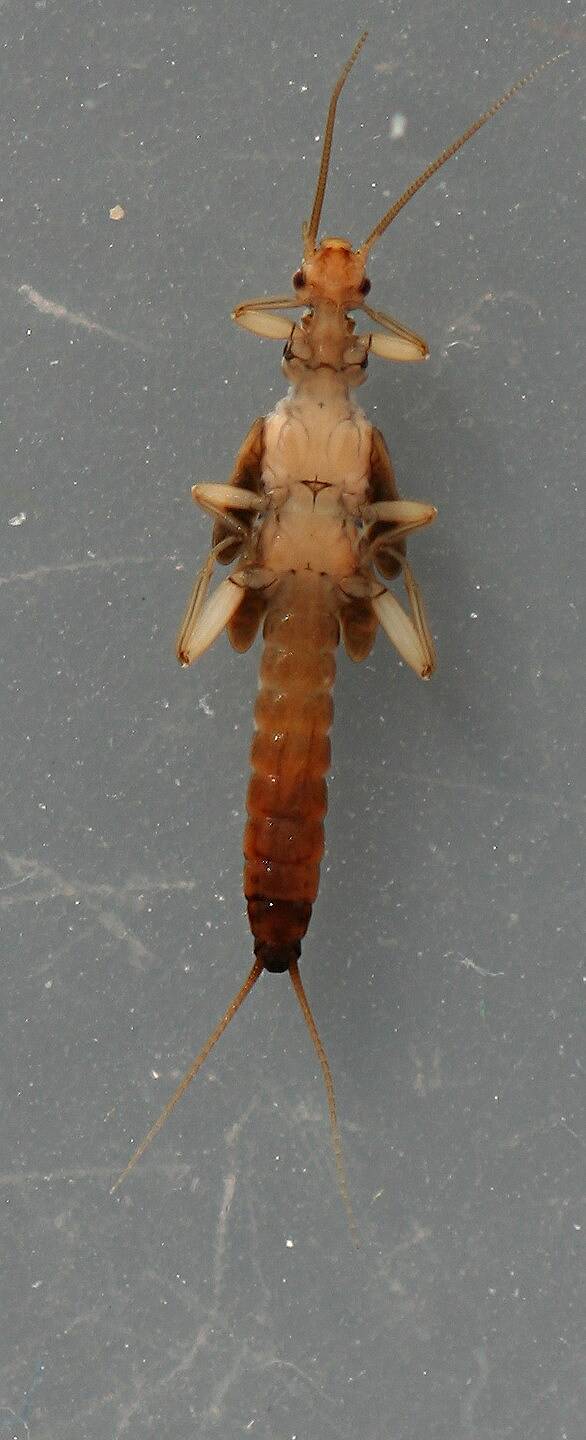
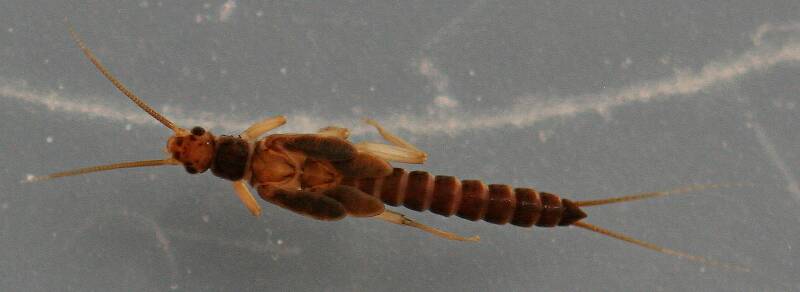
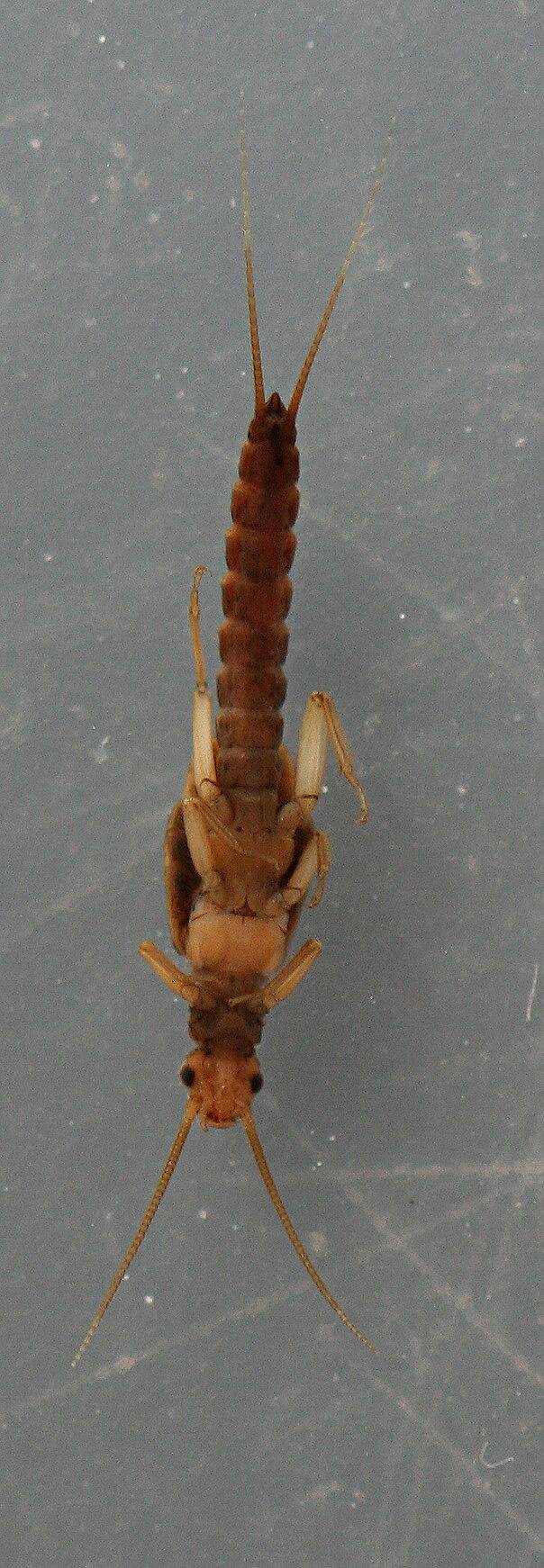
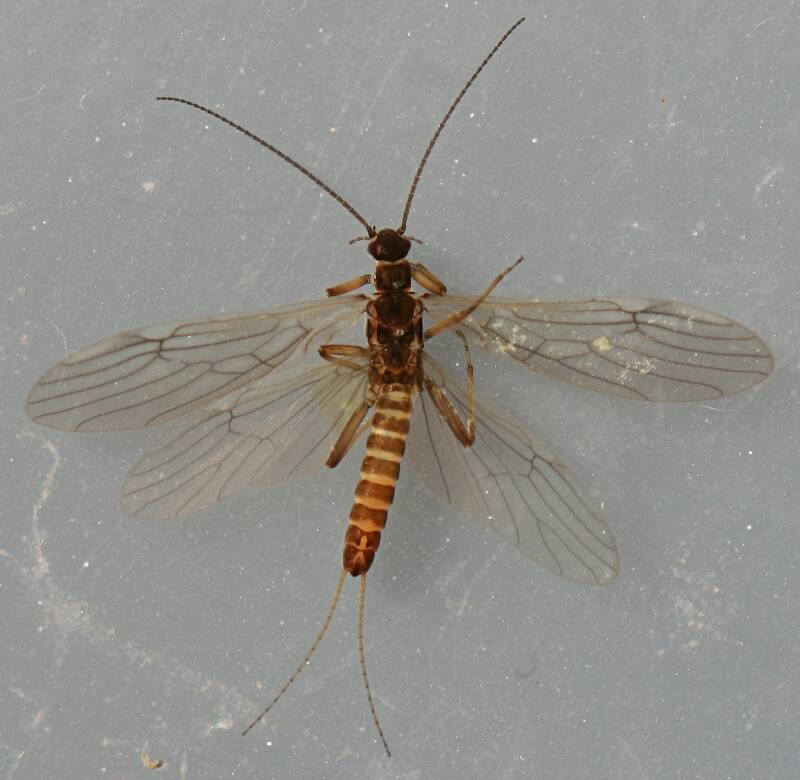
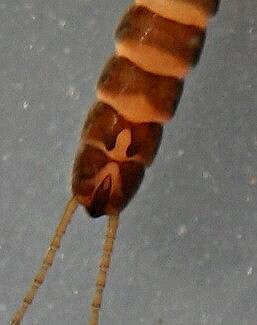
Millcreek on May 21, 2015May 21st, 2015, 12:25 pm EDT
Adults and larvae were identified using "What is Capnia umpqua? Frison (Plecoptera: Capniidae) distribution and variation of terminalia" by Baumann and Stuart.http://illiesia.speciesfile.org/papers/Illiesia05-05.pdf as well as "Larvae of Five Species of the Winter Stonefly Genus Capnia (Plecoptera: Capniidae) From California, U.S.A." by Stewart, Drake and Stark. http://illiesia.speciesfile.org/papers/Illiesia07-18.pdf
Larvae were found in shallow water 2-12 inches deep. They were found in riffle areas and crawled out on rocks to emerge. They were present from January through March.
Larvae were found in shallow water 2-12 inches deep. They were found in riffle areas and crawled out on rocks to emerge. They were present from January through March.
"If we knew what it was we were doing, it would not be called research, would it?"
-Albert Einstein
-Albert Einstein
Quick Reply
Related Discussions
Topic
Replies
Last Reply
0
Feb 21, 2018
by Millcreek
by Millcreek
10
Mar 3, 2012
by Entoman
by Entoman


